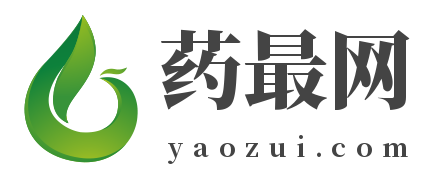关于原辅料的检验频次和内容的一些规定
有一天开会提到一个问题是否可以减少进场原辅料的检验频次和内容。因为我们现在的进场原辅料实在是太多,而且由于生产计划和采购计划的不协调导致所有的压力都在QC和仓库。后来上网搜索了一下发现了一些端倪,共享给大家学习一下。但是中外的差异还是很大的。
FDA和ICH相关条文
21 CFR Section 211.84(d):
(d) Samples shall be examined and tested as follows:
(1) At least one test shall be conducted to verify the identity of each component of a drug product. Specific identity tests, if they exist, shall be used.
(2) Each component shall be tested for conformity with all appropriate written specifications for purity, strength, and quality. In lieu of such testing by the manufacturer, a report of analysis may be accepted from the supplier of a component, provided that at least one specific identity test is conducted on such component by the manufacturer, and provided that the manufacturer establishes the reliability of the supplier's analyses through appropriate validation of the supplier's test results at appropriate intervals.
(3) Containers and closures shall be tested for conformity with all appropriate written specifications. In lieu of such testing by the manufacturer, a certificate of testing may be accepted from the supplier, provided that at least a visual identification is conducted on such containers/closures by the manufacturer and provided that the manufacturer establishes the reliability of the supplier's test results through appropriate validation of the supplier's test results at appropriate intervals.
(4) When appropriate, components shall be microscopically examined.
(5) Each lot of a component, drug product container, or closure that is liable to contamination with filth, insect infestation, or other extraneous adulterant shall be examined against established specifications for such contamination.
(6) Each lot of a component, drug product container, or closure with potential for microbiological contamination that is objectionable in view of its intended use shall be subjected to microbiological tests before use.
ICH Q 7
7.30 At least one test to verify the identity of each batch of material should be conducted, with the exception of the materials described below in
7.32. A supplier's Certificate of Analysis can be used in place of performing other tests, provided that the manufacturer has a system in place to evaluate suppliers.
7.31 Supplier approval should include an evaluation that provides adequate evidence (e.g., past quality history) that the manufacturer can consistently provide material meeting specifications. Full analyses should be conducted on at least three batches before reducing in-house testing. However, as a minimum, a full analysis should be performed at appropriate intervals and compared with the Certificates of Analysis. Reliability of Certificates of Analysis should be checked at regular intervals.
7.32 Processing aids, hazardous or highly toxic raw materials, other special materials, or materials transferred to another unit within the company’s control do not need to be tested if the manufacturer’s Certificate of Analysis is obtained, showing that these raw materials conform to established specifications. Visual examination of containers, labels, and recording of batch numbers should help in establishing the identity of these materials. The lack of on-site testing for these materials should be justified and documented.
也就是说,如果经过前三批的全检之后,经过风险评估是可以根据自己的实际情况部分检验,但是部分检验中必须是要有至少一个鉴别的。然后隔一段时间做一次全检即可。
但是国内的要求又有不同
GMP第二百二十三条:“物料和不同生产阶段产品的检验应当至少符合以下要求:(一)企业应当确保药品按照注册批准的方法进行全项检验。”这里物料指的是原料、辅料和包装材料。所以企业应对直接接触药品的包装材料进行全项检测,如你企业有些检测实在无法做到,可以按有关规定进行委托检测。但你企业应对检测承担责任。
也就是说国内的GMP要求进场原辅料必须按照注册标准进行全检。
